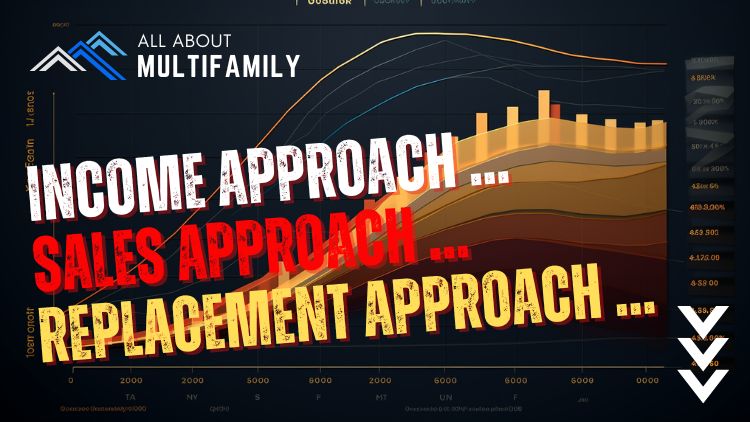The Federal Reserve Act’s mandate is clear: the Federal Reserve must conduct monetary policy with a three-fold aim – achieving maximum employment, maintaining stable prices, and ensuring moderate long-term interest rates. Central to this mandate is the Federal Reserve’s dual goal of achieving a two percent year-over-year inflation rate while keeping the unemployment rate at four percent.
Over the past 18 months, the macroeconomic spotlight has been firmly fixed on inflation, which reached record highs in June 2022. In response, the Federal Reserve embarked on an unprecedented interest rate hiking campaign, aiming to rein in soaring inflation. Surprisingly, amidst these aggressive rate hikes, the U.S. unemployment rate has remained at a remarkably low 3.8 percent.
One of the cornerstones of economic theory, the Phillips Curve, suggests an inverse relationship between inflation and unemployment. Yet, this concept has faced a reality check in the short term. In the past year, while year-over-year Headline Consumer Price Index (CPI) figures have fallen from their peak of 9.1 percent to the current 3.2 percent, the unemployment rate has only marginally increased from 3.6 percent to 3.8 percent, maintaining relative stability.
Given the Fed’s determined rate hiking campaign, many might have anticipated a more pronounced surge in unemployment. However, this hasn’t materialized, despite noticeable layoffs in the tech sector. This divergence is notable; a more substantial increase in unemployment, particularly if it resulted from a decline in available positions rather than an increase in the labor force participation rate, would be welcomed by the Fed as a means to temper consumer demand and stabilize prices.
The reason behind this persistence of low unemployment despite declining inflation lies in the strong demand for workers. According to recent data from the Job Openings and Labor Turnover Survey (JOLTS), there are 1.57 job openings for every unemployed person in the United States. While July JOLTS data reported a decline of 338,000 job openings to 8.8 million (the lowest since March 2021), this figure still significantly surpasses pre-pandemic levels.
However, beneath the surface of a high demand for labor, there are signs that the labor market is gradually cooling. Wage growth, a crucial indicator, is beginning to slow. Notably, Nonfarm Payrolls for June and July saw downward revisions totaling 110,000 positions.
In terms of market expectations, Bloomberg’s World Interest Rate Probability (WIRP) function indicates a 96 percent likelihood of a pause in rate hikes at the Federal Reserve’s September meeting. This pause reflects the committee’s prudent approach as they assess the delayed effects of their recent rate hike cycle.
In conclusion, the macroeconomic landscape presents a complex interplay of factors that challenge traditional economic theories. The divergence between inflation and unemployment, along with signs of a cooling labor market, underscores the intricacies that central banks like the Federal Reserve must navigate in their pursuit of achieving economic stability and meeting their dual mandate.













































![An In-Depth Look at Jake and Gino's Coaching Program [A Review]](https://allaboutmultifamilyinvesting.com/wp-content/uploads/2023/10/AAM-BMP-Blog-Covers-750-×-422px-6.jpg)


![Email Marketing Tips for Multifamily Real Estate Syndicators to Raise Capital [Templates included]](https://allaboutmultifamilyinvesting.com/wp-content/uploads/2023/09/AAM-BMP-Blog-Covers-750-×-422px-4.jpg)






![The Richest Kids In America [Book Review]](https://allaboutmultifamilyinvesting.com/wp-content/uploads/2023/09/AAM-BMP-Blog-Covers-750-×-422px-84.jpg)
















